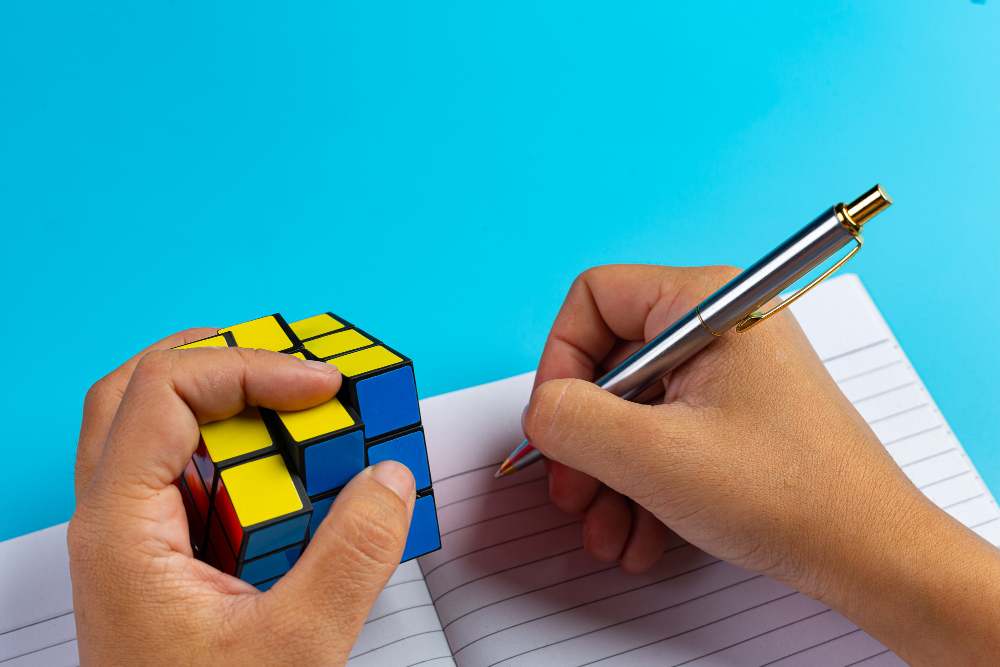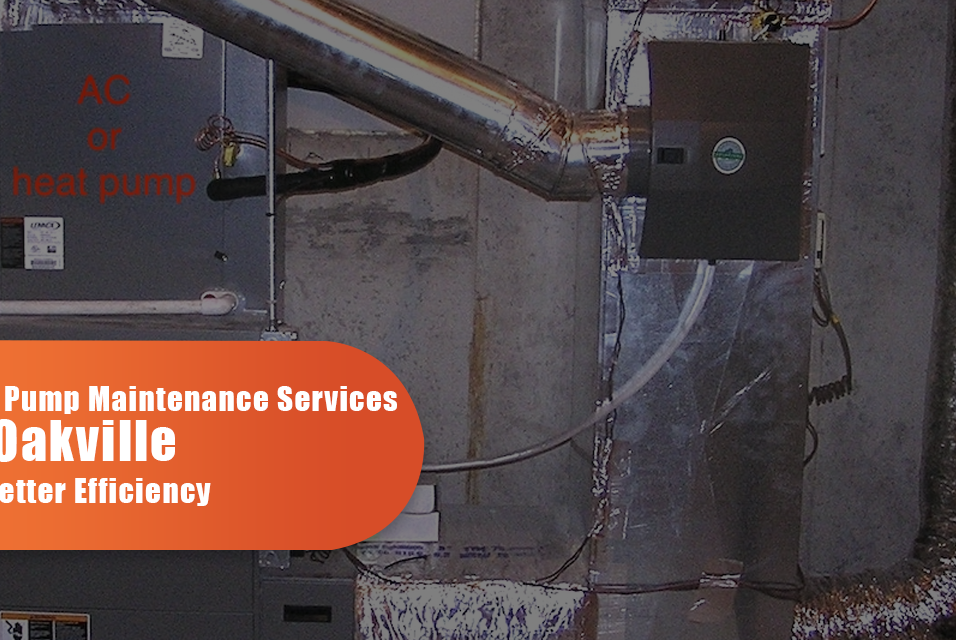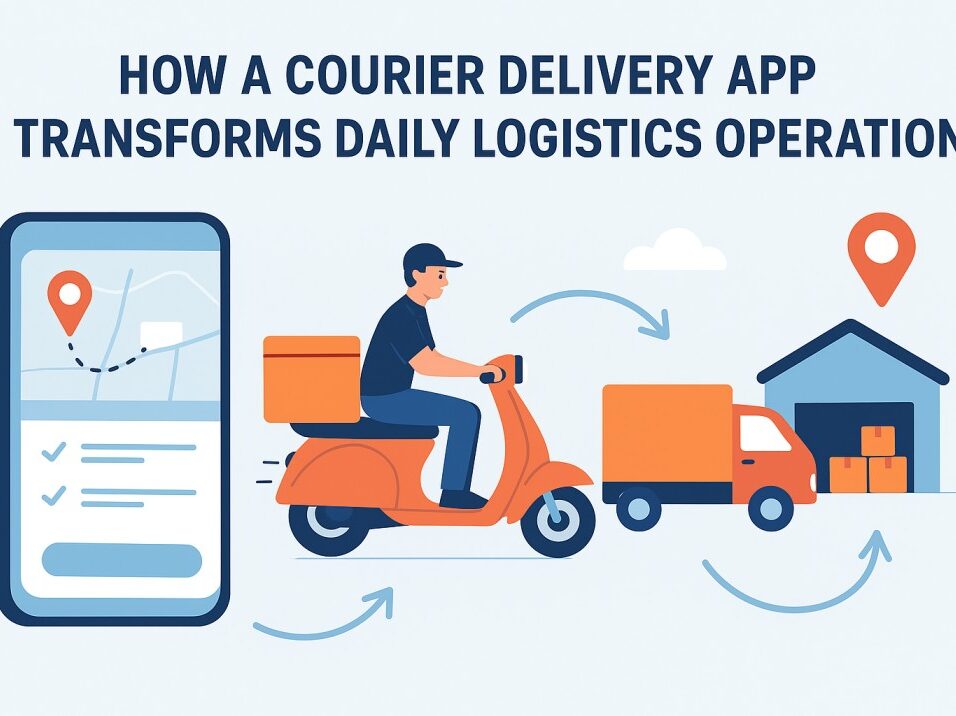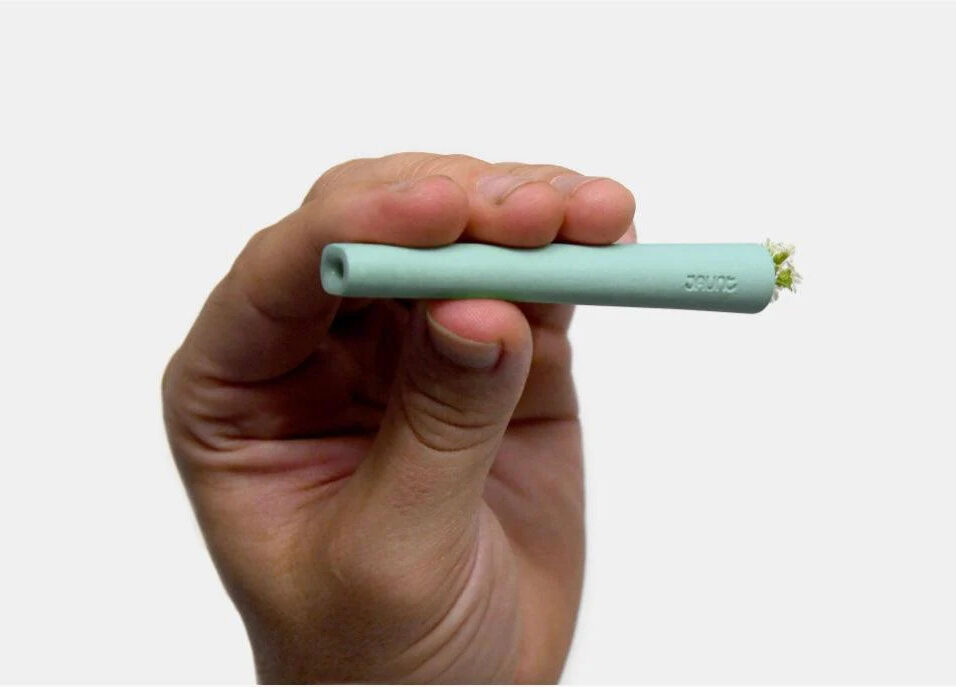Advanced Tips for Solving the 3×3 Rubik’s Cube Quickly
Once you’ve mastered the basic solution methods for the Rubik’s Cube 3×3, the next step is to improve your speed and efficiency. Speedcubing, the art of solving the cube as quickly as possible, requires advanced techniques, algorithms, and a lot of practice. In this guide, we’ll explore advanced tips and strategies that can help you shave seconds off your solve time and improve your performance.
Understanding the Basics of Speedcubing
Before diving into advanced techniques, it’s essential to be comfortable with:
- The Layer-by-Layer Method (LBL): The classic beginner’s method that involves solving the cube one layer at a time.
- Finger Tricks: Efficient finger movements that allow you to execute algorithms faster.
- Algorithms: Specific sequences of moves that rearrange certain pieces without disrupting others. For speed, it’s crucial to memorize and practice various algorithms until they’re second nature.
These basics set the foundation for advanced techniques and speed improvement.
Do you want to visit Char Dham? Char Dham Travel Agent is the best place to plan your Char Dham tour. You can book the tour from here.
1. Master the CFOP Method
The CFOP (Cross, F2L, OLL, PLL) method is the most popular advanced technique used by speedcubers worldwide. Each step optimizes the solving process, reducing the number of moves needed and, ultimately, your solve time.
Step-by-Step Overview of CFOP
- Cross: Create a cross on the first layer (usually white) as quickly and efficiently as possible.
- F2L (First Two Layers): Solve both the first and second layers simultaneously by pairing edge and corner pieces.
- OLL (Orientation of the Last Layer): Orient all pieces on the last layer so that the top face is a single color.
- PLL (Permutation of the Last Layer): Move pieces within the last layer until the entire cube is solved.
Tips for Mastering CFOP
- Practice Cross Efficiency: Try to solve the cross in under 8 moves. With practice, you’ll begin to visualize the solution for the cross during inspection (the 15 seconds you get before starting the solve).
- Learn F2L Algorithms: While F2L can be solved intuitively, learning algorithms for the most common cases speeds up this step.
- Memorize OLL and PLL: OLL has 57 possible cases, while PLL has 21. Start with the most common ones and work toward full memorization over time.
2. Improve Finger Tricks and Turning Speed
Finger tricks are crucial for speedcubing, as they minimize unnecessary hand movements and maximize speed. Speedcubers focus on using specific fingers for certain moves to execute algorithms faster.
Key Finger Tricks
- R and L Moves: Use your right index finger for R moves and your left index finger for L moves, keeping your hands on the cube.
- U and U’ Moves: Use your right or left index finger for U moves and your ring or pinky for U’ moves. This keeps both hands on the cube for optimal control.
- Double Flicks: For double moves (e.g., U2), using a double flick with the index and middle finger allows you to make the move without repositioning.
Tip: Practice finger tricks daily, focusing on the moves you use most frequently in algorithms.
Would you like to visit Indiar? A tour operator in India is the best place to plan your tour. You can book a tour from here.
3. Optimize Your Cross and F2L Techniques
Efficiency in the Cross and F2L stages is essential for faster solve times. Advanced cubers strive to plan the entire cross solution during inspection time, making it the most efficient possible.
Tips for Cross Optimization
- Look-Ahead Practice: Try to identify where each cross piece will end up after each move to avoid unnecessary turns.
- Use Fewer Moves: Aim to solve the cross in 6-8 moves. Planning the entire cross solution ahead of time helps achieve this.
Tips for F2L Optimization
- Use Intuitive Pairing: F2L involves pairing corners and edges, which can be done intuitively with practice.
- Learn Algorithms for Difficult Cases: Some F2L cases are tricky to solve intuitively, so learning specific algorithms can be helpful.
- Look Ahead: During F2L, practice looking ahead to the next pair while solving the current one. This minimizes pauses, allowing for a smoother solve.
4. Memorize and Practice OLL and PLL Algorithms
The OLL (Orientation of the Last Layer) and PLL (Permutation of the Last Layer) stages have a significant impact on solve times. Memorizing and perfecting these algorithms allows you to solve the last layer in just two steps.
OLL (57 Algorithms)
The goal of OLL is to turn all pieces on the last layer to face upwards, creating a single color on top. While 57 algorithms may seem overwhelming, you can start with a simplified approach:
Would you like to visit Haridwar? Travel agents in Haridwar are the best place to plan your trip. You can book your tour right here.
- 2-Look OLL: This method reduces the OLL stage to two steps using only 10 algorithms, allowing you to orient all last layer pieces without full memorization.
- Full OLL: Once comfortable with 2-Look OLL, gradually work toward memorizing all 57 algorithms for a single-step solution.
PLL (21 Algorithms)
PLL arranges the last layer’s pieces without changing their orientation. These algorithms are faster to memorize and provide a straightforward approach to solving the last layer quickly.
Tip: Practice algorithms daily and focus on smooth execution rather than speed. With time, speed will naturally improve.
5. Utilize Advanced Techniques: ZBLL, COLL, and CLL
For speedcubers aiming for sub-10-second solves, techniques like ZBLL (Zborowski-Bruchem Last Layer), COLL (Corners of the Last Layer), and CLL (Corners of the Last Layer) can help.
ZBLL
ZBLL is an advanced technique involving 493 algorithms that solve the entire last layer at once, allowing for extremely fast last layer solutions. Learning ZBLL is highly advanced and recommended only after mastering CFOP.
COLL
COLL allows you to solve all last layer corners simultaneously, then permute the edges. With fewer algorithms than ZBLL, COLL provides faster last layer solutions for intermediate cubers.
CLL
CLL is used in the last layer of smaller cubes (2×2 or specific 3×3 techniques). It solves corners only, simplifying the solve for those who want to focus on edge algorithms afterward.
Tip: Advanced techniques like ZBLL, COLL, and CLL are most beneficial for dedicated speedcubers. Beginners should focus on mastering CFOP and PLL/OLL before moving on to these methods.
6. Practice with Timer Sessions and Analyze Solves
Improvement requires regular practice and analysis of your performance. Use a timer app or stopwatch to track your times and identify areas for improvement.
Tips for Practicing with a Timer
- Regular Sessions: Practicing regularly is key to mastering advanced techniques and improving solve times.
- Analyze Each Solve: After each session, review your solves to identify patterns, inefficiencies, or areas where you can improve.
- Use Scrambles: Use generated scrambles for consistency and to practice a variety of cases.
Tip: Record your personal bests and track your average solve times to see your progress over time.
7. Master Lookahead and Minimize Pauses
Lookahead is essential for speedcubing, as it helps you transition between steps without pausing. The goal is to anticipate the next step while executing the current one, creating a continuous, fluid solve.
Practicing Lookahead
- Slow Practice: Practice algorithms at a slower pace, focusing on watching the cube to understand where pieces will move.
- Turn Slowly to Improve Efficiency: While it’s tempting to turn the cube as fast as possible, smoother, slower movements with lookahead often yield faster solve times.
Tip: Remember that smoothness is more important than speed in the beginning. As you master lookahead, your solve times will naturally improve.
8. Experiment with Cube Tension and Lubrication
Maintaining your cube is essential for smooth, fast solves. Proper tensioning and lubrication allow for better control, minimizing lockups and ensuring faster turns.
Tips for Cube Maintenance
- Adjust Tension: Tighten or loosen the cube’s screws to find the perfect balance between stability and flexibility.
- Use Quality Lubricants: Apply silicone-based lubricants to reduce friction and improve turning speed.
Tip: Experiment with different settings and lubricants to see what works best for you, as every cuber’s preference may vary.
9. Use F2L Lookahead Drills
F2L lookahead drills improve your ability to transition between F2L pairs smoothly, helping you reduce pause time.
F2L Drills
- Set Up F2L Cases: Practice solving each F2L case repeatedly to build muscle memory.
- Practice without Pauses: Focus on moving immediately from one pair to the next without any pauses.
Tip: Consistent F2L practice is one of the most effective ways to improve overall solve time.
10. Join Speedcubing Communities and Competitions
Speedcubing communities provide valuable resources, advice, and encouragement. Competing in official or online competitions also helps build confidence and provides benchmarks to track your improvement.
How to Get Involved
- Online Forums: Websites like SpeedSolving.com offer forums where cubers share tips, tricks, and algorithms.
- Local Competitions: Participate in competitions to test your skills and learn from other cubers.
Tip: Engaging with other cubers can keep you motivated and inspired to improve your techniques.
Final Thoughts
Mastering the Rubik’s Cube 3×3 requires more than just solving it—achieving speed and efficiency is an art. By implementing advanced techniques like CFOP, practicing lookahead, optimizing your cube, and engaging with the speedcubing community, you’ll see a steady improvement in your solve times. Speedcubing is a journey that combines skill, precision, and practice, so stay patient, dedicated, and keep pushing for your best times.







